Paradiso Canto 10
OVERVIEW
Dr. Jason Houston is Director of Gonzaga in Florence, where he teaches Dante in addition to leading the Gonzaga in Florence campus. His research focuses on Giovanni Boccaccio and his complicated relationships with other key Trecento Italian authors: Dante Alighieri, Francesco Petrarca, and Zanobi da Strada.
Questions for Reflection
- In the heaven of the sun, Dante is among the souls of the wise. He opens the first canto of this heaven by evoking the Trinity. What does this say about Dante’s understanding of the goal of wisdom? How is wisdom related to worship (10.55-57)?
- How does Dante connect “study” or “contemplation” with “taste” (10.4-6)? Why do you think Dante deploys so many physical—especially eating—metaphors in a poem where most of the characters are pure light?
- Where do human vision and divine vision meet (10.7-12)? How might this help us understand why Dante ends each part of the Comedy with the same word: stelle, stars?
- What is the relationship between God, Beatrice, and Dante’s love as the poet narrates it in lines 54-61? What does this indicate about Dante’s moral growth?
- What formation do the saints of the sun present themselves in? Why do you think Dante chose this image?How might this formation mirror the Trinity?
- How does Thomas Aquinas’ introduction to the population of this heaven (10.82ff) convey a sense of harmony, commonality, and peacefulness? What can we understand about the relationship between contemplative wisdom and peace from Dante’s depiction in this canto?
DETAILS
- Dr. Jason Houston
- Gonzaga in Florence
- Run Time 11:22








